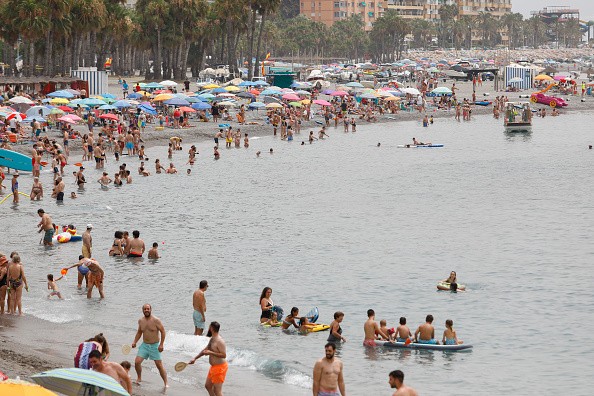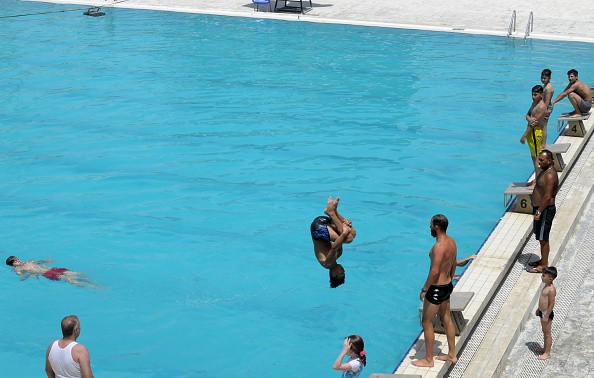The chief danger associated with a heat wave is probably clear: spending excess time in the heat can quickly cause illnesses like heat stroke or heat exhaustion, which could be deadly. But in the hurry to prevent those risks, many masked dangers can lead to just as many problems as the direct effects of the heat on the body.
A stretch of warm weather formally turns to be a heat wave when a region experiences two or more days of temperatures higher than the recorded averages for that location.
Those standards can be different depending on the location, as a stretch of triple-digit temperature days last month may be normal for Death Valley, but similar temperatures in the north might shatter all-time records.

Cold Shock
You may have been stuck outside in the baking heat and the comfortable feeling of having a freezing cold shower or taking a bath in a very cold stream may seem tempting, right? Wrong.
Cold shock can lead to one's death. The National Weather Service warns, saying fifty-five-degree water may not seem very cold, but it can be fatal.
Exposure to Cyanobacteria
In the course of the same Oregon heat wave, data from the health authority also revealed a great increase in hospital visits for problems that have to do with exposure to cyanobacteria.
As per the Centers for Disease Control and Prevention (CDC), blue-green algae or cyanobacteria, which inhabit bodies of water and when in a suitable environment of sunlight and warmth it multiply rapidly.
Due to the fact that it is warm outside air, it may trick you into believing that local water bodies are warm as well, an unexpected cold plunge can shock your brain and it leads to dramatic changes in your heart rate, breathing, and blood pressure.
The NWS caution, saying cold water empty out body heat up to 4 times faster than cold air. Just the unexpected gasp and fast breathing create a higher risk of drowning both for experienced swimmers in calm waters. This danger rises in rougher open water.
Non-lethal Drowning
While death caused by drowning is a tragedy that can take place at any time of the year, hospital visits related to non-deadly drownings have increased during heat waves, and this might have to do with people spending additional time in the water than normal in order to cool off.
During heat waves, non-lethal drowning incidents can be more frequent because of that hurry to cool down, making more untrained swimmers and children dive into the water.

Overhydration and Hyponatremia
Of course, dehydration is the far more threatening sibling to overhydration, but the risks of overhydration are not usually recognized and talked about.
The danger from taking excess water comes when the body's sodium counts start to become diluted. This provokes hyponatremia, a condition that essentially causes the body to drowns internally.
For more news, updates about heat waves and similar topics don't forget to follow Nature World News!
© 2025 NatureWorldNews.com All rights reserved. Do not reproduce without permission.





